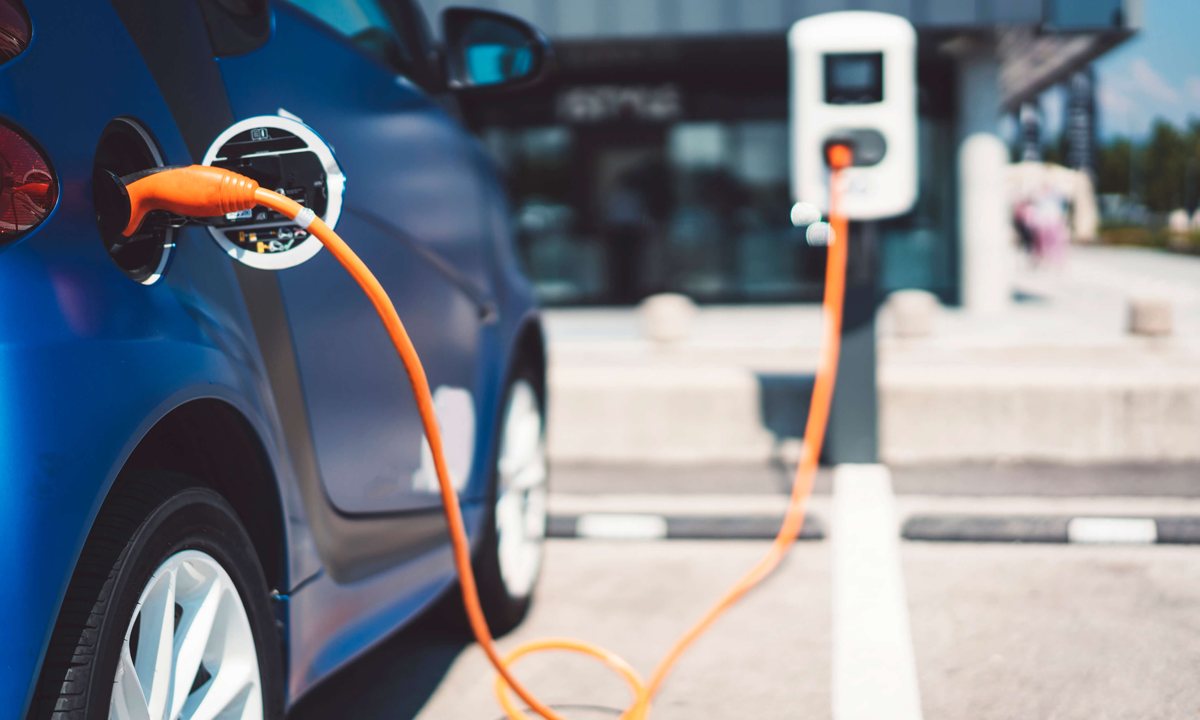Written by Amanda Angulo
The Air Board had unanimously voted to establish a rule that aims to cut greenhouse gases from car-transportation companies, such as Uber and Lyft. The California mandate that was adopted on Thursday claims that 90% of the miles that are logged in by Uber and Lyft drivers must be from electric cars by the year of 2030.
However, despite their environmentally conscious switch, many have not agreed on who will pay for the switch to electric cars. “While we are pleased to see aggressive environmental targets, we are disappointed that the efforts of the past years have culminated in metaphorical sticks with no carrots,” wrote Lyft in a letter they sent to the board this month.
In addition, nearly 56% of the drivers tend to come from low-income families and communities, which means that they might not be able to afford an electric automobile. This was called on by environmentalist groups, labor advocates, and drivers. They want the companies to ensure and cover the costs for making the switch to electric cars.
“The companies should pay all expenses for all the vehicles, all the time. But that’s not happening,” stated Nicole Moore, a part-time Lyft driver with a plug-in hybrid car in Los Angeles, and is on the organizing committee for Rideshare Drivers United. “The cost of the fleet is on the drivers, the cost of the fuel is on the drivers, everything is on the drivers.”
When the California Assembly Bill 5 was signed off by Newsom for 2020, the regulation on companies with gig workers almost drove out big names such as Uber and Lyft out of the state. Now, we are seeing another extreme mandate on these ride-hailing companies.
In 2018, less than 1% of the miles logged by Uber and Lyft drivers were in electric cars. Now it is expected that in two years from now, 2% of miles logged in by drivers must be from electric cars. However, the next expectations are absurd. By 2026, the mandate requires that 30% of the drivers are using electric automobiles, and then ultimately, 90% by 2030.




